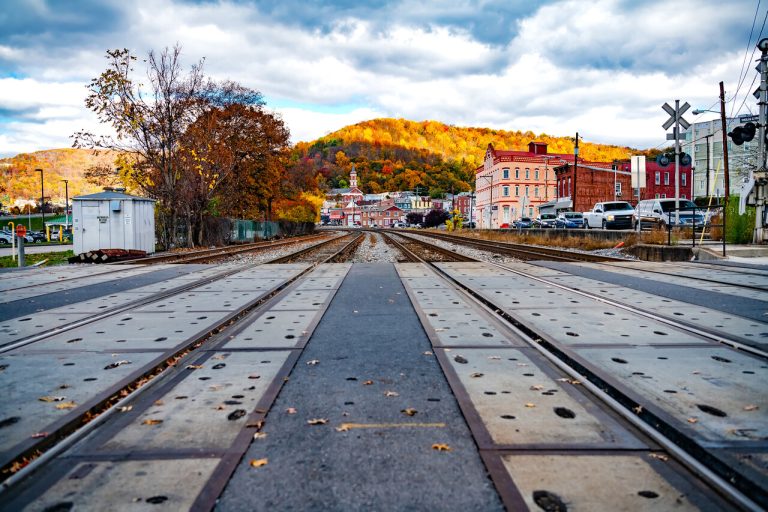11 National Parks with Bizarre Natural Rock Formations
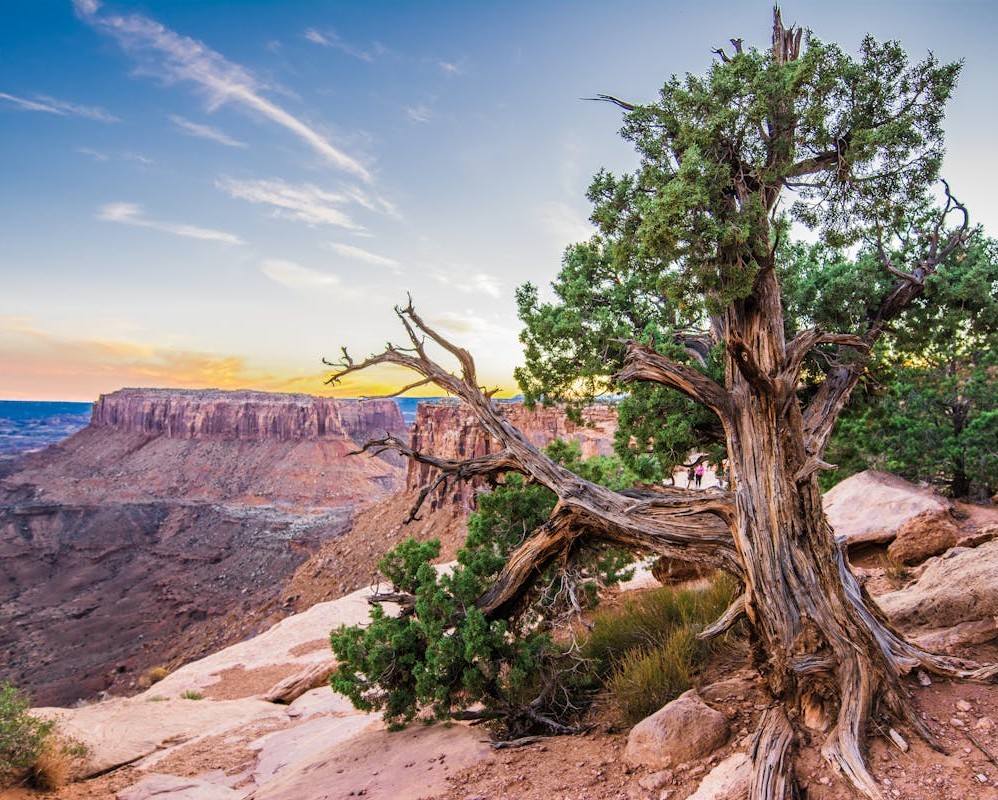
Across the United States, several national parks feature unusual rock formations shaped by the slow but powerful forces of erosion, volcanic activity, and shifting earth. These landscapes showcase natural sculptures that appear almost unreal, inviting travelers to observe patterns and shapes found nowhere else. Each park offers a mix of color, texture, and geological history that transforms simple sightseeing into a memorable experience. With every trail and viewpoint, visitors gain a deeper appreciation for the planet’s ability to shape remarkable terrain over time.
Arches National Park, Utah

Arches National Park contains an extraordinary collection of natural stone arches created as wind and water carved through layers of sandstone. The park’s red rock walls, fins, and balanced formations frame the desert skyline with bold curves and dramatic height. Trails lead through narrow passages and open plains where arches stand against shifting light. Sunrise and sunset cast warm tones across the formations, highlighting the intricate textures that define this iconic landscape.
Bryce Canyon National Park, Utah
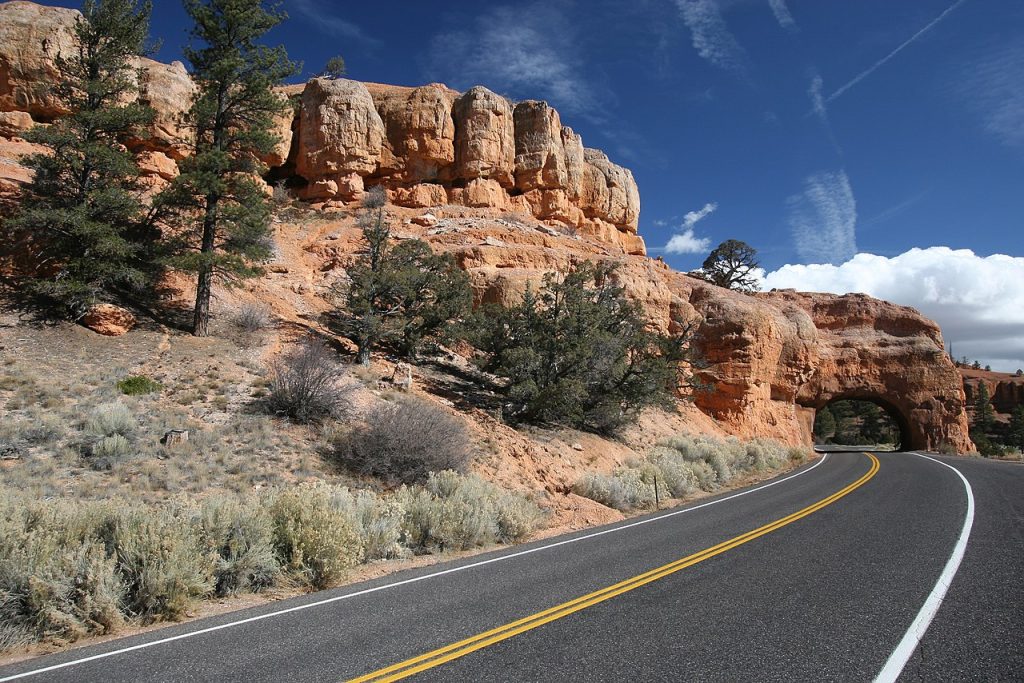
Bryce Canyon National Park features thousands of hoodoos, thin spire-like rock structures formed by frost, water, and time. These clustered pillars fill natural amphitheaters, creating scenes that resemble a stone forest stretching into the distance. Colors shift throughout the day, ranging from soft pinks to deep oranges under changing light. Visitors explore rim overlooks and winding trails that offer close-up views of formations shaped by centuries of erosion.
Joshua Tree National Park, California
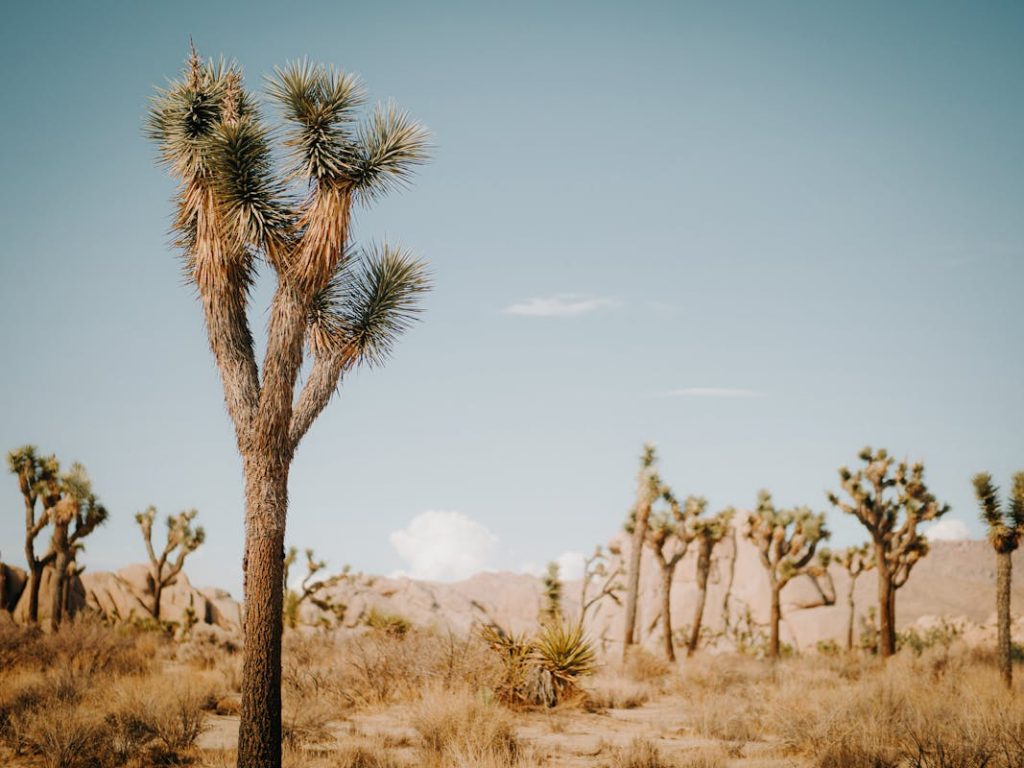
Joshua Tree National Park showcases massive granite boulders formed through a combination of volcanic activity and weathering that left rounded shapes and stacked formations. These rocks create natural playgrounds of crevices, domes, and towering piles scattered across the desert floor. The contrast between smooth stone surfaces and open desert terrain adds visual depth. This unusual mix of geology and desert vegetation gives the park its distinct and memorable character.
Badlands National Park, South Dakota
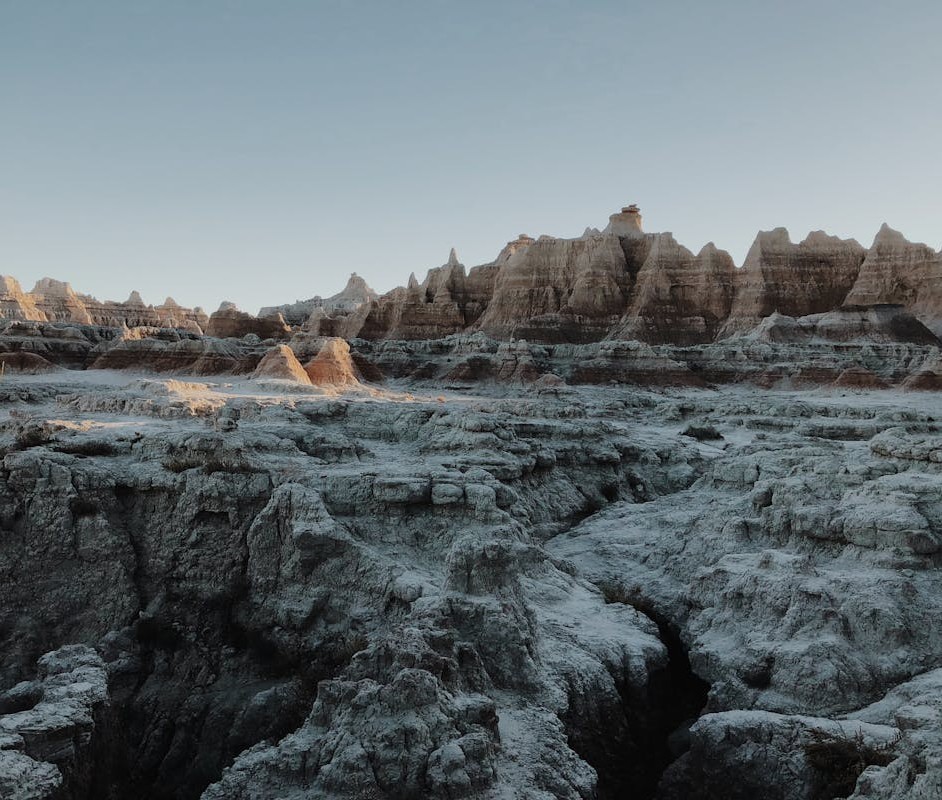
Badlands National Park displays sharp ridges, towering buttes, and eroded layers of sediment that reveal millions of years of geological history. Water and wind carved the soft rock into jagged formations that stretch across the horizon. Stripes of color run along the rock faces, reflecting ancient deposits of clay, ash, and minerals. Overlooks and trails allow visitors to observe the dramatic patterns and steep contours that shape this rugged environment.
Big Bend National Park, Texas

Big Bend National Park contains striking formations created by volcanic deposits, uplift, and erosion within a landscape where desert, mountains, and river valleys meet. Towering cliffs, hidden canyons, and uniquely shaped volcanic remnants appear throughout the region. Trails guide travelers through narrow rock corridors and open viewpoints where formations stand in stark contrast to wide desert plains. The park’s varied terrain highlights the dynamic forces that sculpted it over time.
Yellowstone National Park, Wyoming

Yellowstone National Park offers bizarre formations shaped by geothermal activity beneath the surface, creating terraces, geyser cones, and colorful mineral deposits. Hot springs leave behind patterns of vibrant hues and unusual textures that shift as water flow changes. Steam vents rise among sculpted features, creating a landscape that feels alive. These formations reflect the park’s ongoing geothermal processes and highlight its unique geological identity.
Capitol Reef National Park, Utah

Capitol Reef National Park includes sandstone cliffs, domes, and narrow canyons formed along the Waterpocket Fold, a massive wrinkle in the Earth’s crust. Erosion sculpted the layers into striped walls, arches, and monoliths that tell a long geological story. Scenic drives and trails reveal dramatic contrasts between smooth rock faces and rugged desert terrain. The park’s colorful bands and unusual formations offer continual visual interest.
Pinnacles National Park, California

Pinnacles National Park contains spires, cliffs, and volcanic formations created by ancient eruptions that left behind dramatic rocks now weathered into sharp profiles. Talus caves formed by fallen boulders add an underground element to exploration. Trails wind through narrow canyons and open valleys that showcase the steep shapes rising above. The landscape’s mix of dark volcanic rock and open sky creates a striking environment for visitors.
Garden of the Gods, Colorado (Federally Recognized National Natural Landmark)
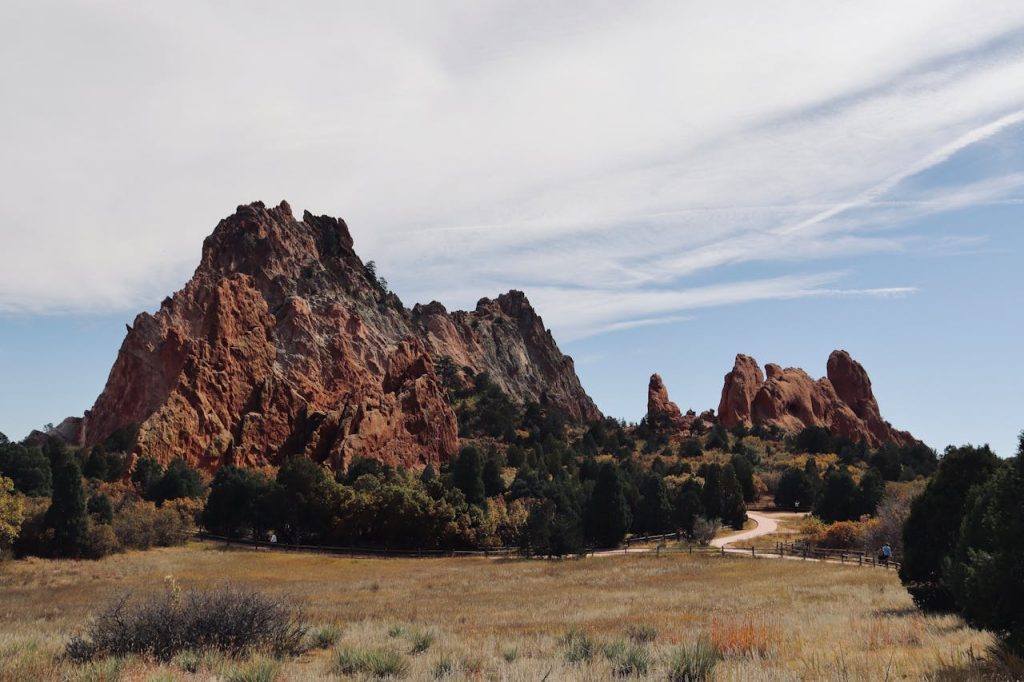
Garden of the Gods, recognized nationally for its geological significance, features towering sandstone fins, balanced stones, and dramatic red rock formations that rise sharply from the plains. Erosion shaped these structures into bold and intricate forms that attract visitors year-round. Walking paths allow close encounters with formations whose vibrant color contrasts beautifully with the surrounding mountains. The site’s unique visual impact makes it a standout natural landmark.
Zion National Park, Utah
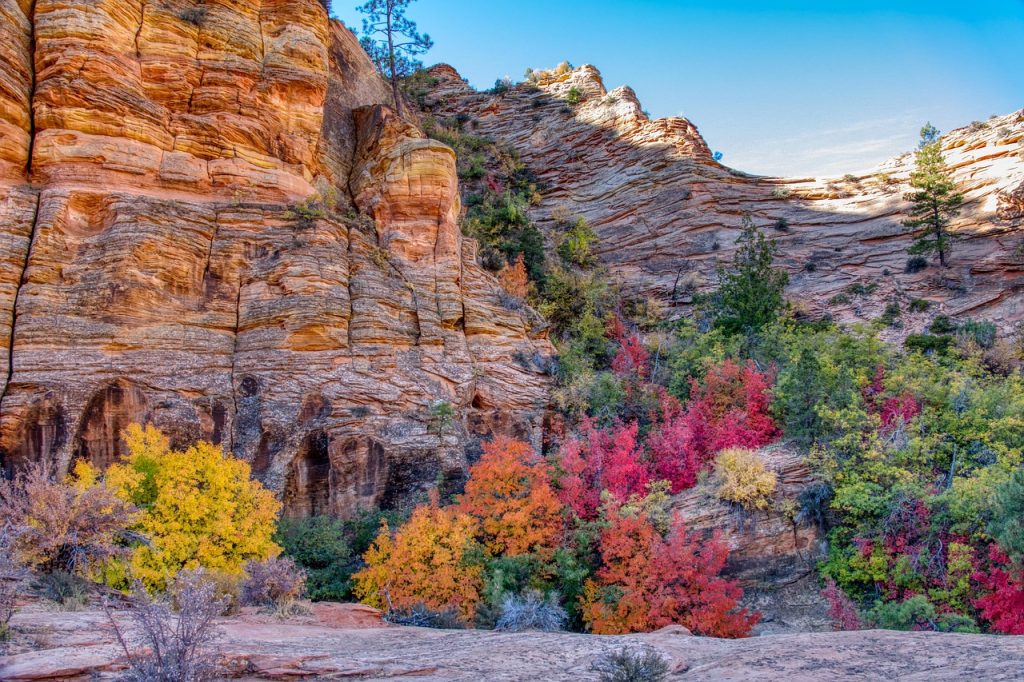
Zion National Park offers towering canyon walls, carved sandstone layers, and narrow slot canyons shaped by the continuing flow of the Virgin River. The park’s formations include massive cliffs, undulating patterns, and unexpected curves formed by centuries of erosion. Light shifting through the canyon highlights the smooth lines and warm tones of the rock. Trails allow exploration from the canyon floor to high ridges, revealing remarkable natural architecture.
Craters of the Moon National Monument, Idaho

Craters of the Moon National Monument features vast lava fields, cinder cones, and twisted rock formations created by ancient volcanic eruptions. The landscape resembles a lunar surface with its dark basalt, jagged textures, and deep fissures. Caves formed by cooling lava add depth to the area’s geological features. This stark and dramatic terrain highlights the raw power of volcanic forces and stands as one of the most unusual geological regions in the country.




